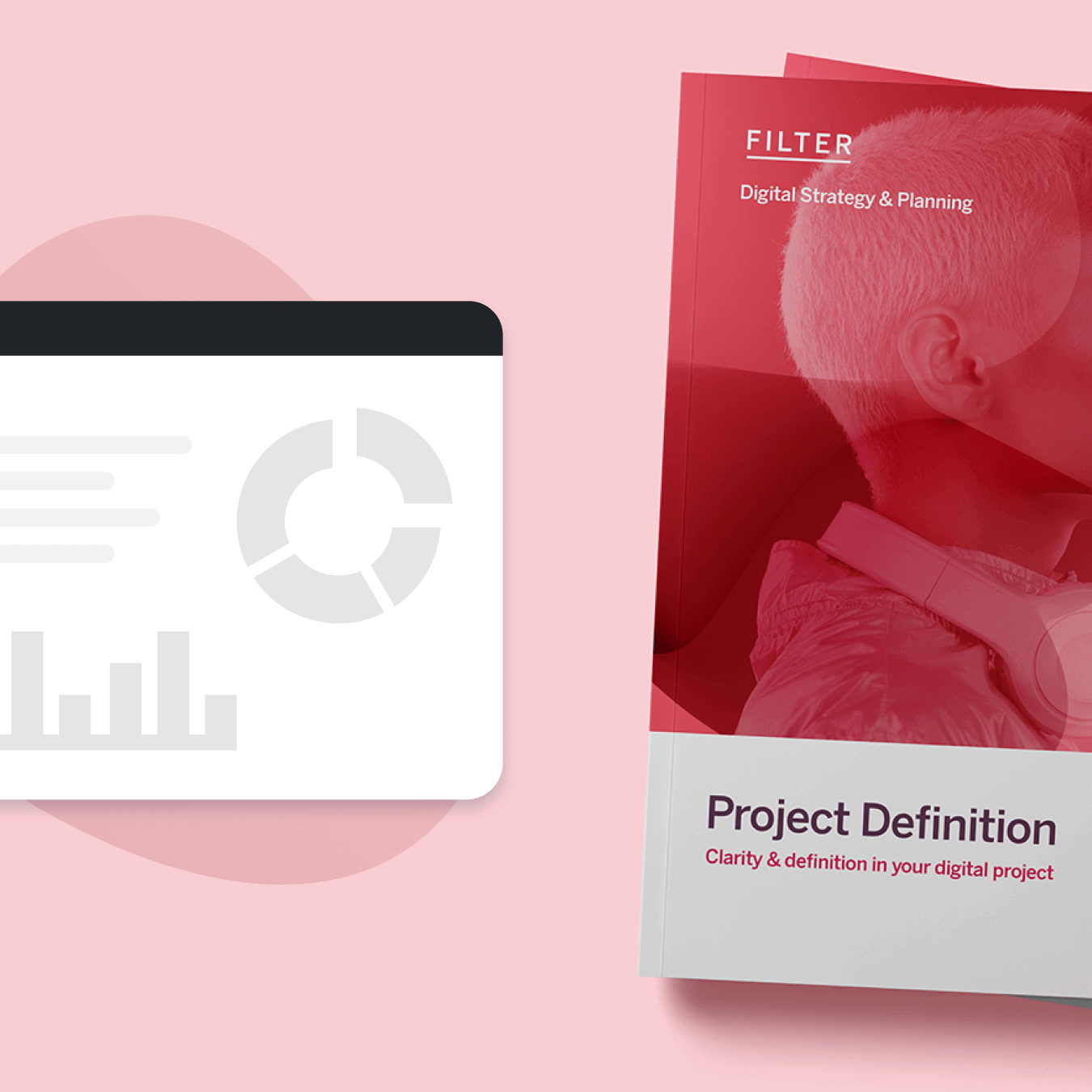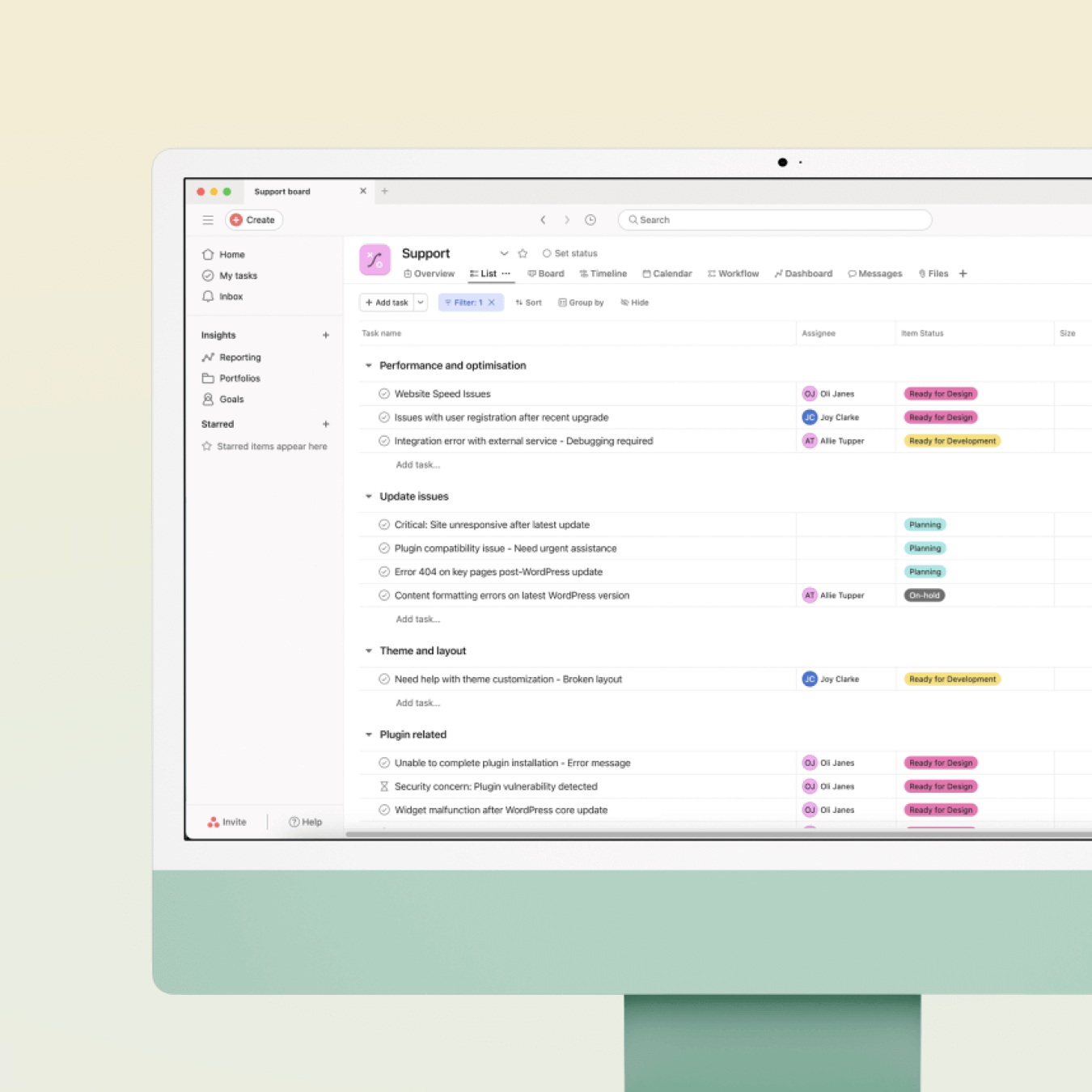

Clarity and definition for your digital project


At Filter, we provide expert digital strategy and consultancy to help businesses plan, optimise and deliver the foundations for their online presence. We work closely with stakeholders to define objectives, analyse challenges and create strategic roadmaps that ensure long-term success.
Whether you’re launching a new website, re-platforming, or looking for continuous improvements, we deliver tailored guidance that drives measurable results.

We conduct in-depth evaluations of your website’s technical health, user experience, and performance. Our audits cover aspects like speed optimisation, SEO, accessibility and conversion funnels, helping you identify areas for improvement and prioritise enhancements.
Choosing the right platform and tech stack is crucial for scalability and efficiency. We provide expert guidance on selecting CMS platforms, integrations, and third-party tools that align with your business model. Whether you’re considering WordPress, WooCommerce or a headless CMS, we help you make informed technology decisions.


Beyond just launching a website, we help businesses continuously evolve through data-driven strategies. From conversion rate optimisation to ongoing content and technical refinements, we provide actionable insights that support long-term digital success.

From audits to technology consulting, we provide tailored digital strategies that help businesses grow and scale effectively. Get in touch to discuss how we can shape your digital roadmap.
We’d love to hear about your WordPress project.
"*" indicates required fields

A strong content strategy ensures that your website delivers value while maximising visibility. We develop content plans that align with business goals, enhance search engine rankings and engage users. From keyword research to structured content frameworks, we help businesses create high-impact digital experiences.
Understanding how users interact with your website is key to optimising engagement and conversions. We use tools like Hotjar, Google Analytics and session recording to analyse behaviour patterns, uncover pain points, and provide data-driven recommendations.


We create structured, phased roadmaps that guide the evolution of your website. Whether you need feature prioritisation, phased development strategies or UX improvements, we ensure that every step aligns with your business objectives and customer needs.